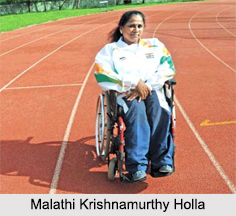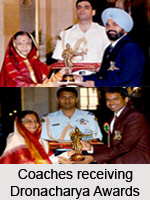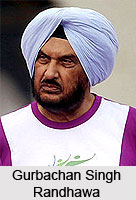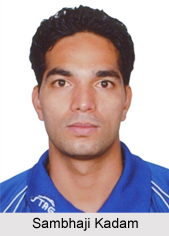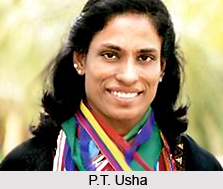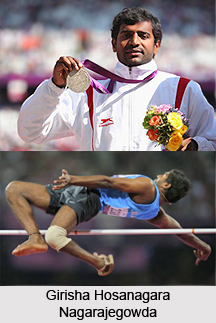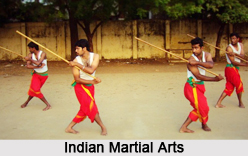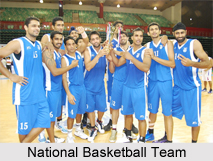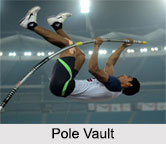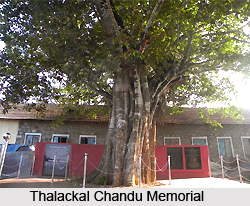 Thalakkal Chandu was a popular name in the field of archery in India. His name is also written as Thalakkal Chandu. Chandu was an archer and the commander-in-chief of the Kurichya soldiers of the Pazhassi Raja who fought the forces of British Empire in the Wayanad Jungles in the early times of the 19th century.
Thalakkal Chandu was a popular name in the field of archery in India. His name is also written as Thalakkal Chandu. Chandu was an archer and the commander-in-chief of the Kurichya soldiers of the Pazhassi Raja who fought the forces of British Empire in the Wayanad Jungles in the early times of the 19th century.
Career of Thalakkal Chanthu
Chandu started his career under the patronage of Edachena Kunkan and latter promoted him to one of Raja`s generals. Pazhassi Raja as well as his generals and troops saw Chandu as their capable war leader. Often Raja himself would share to his followers-"Even if all Nairs were to desert me, I still would be able to fight the Company (English) provided I have this Kurichia with me!" When Chandu was caught and hanged, Edachena Kunkan is reported to have said-"I have lost my right arm".
Participation of Thalakkal Chandu in War
The rebellion or revolt on 11th October, 1802 by a group of tribal soldiers comprising 175 Kurichya archers, which was led by Edachana Kunkan and Thalakkal Chandu, captured the fort of British at Panamaram that was manned by units of infantry of Mumbai.
Captain Dickinson and Lt. Maxwell, the commanding officers, were killed in action along with 25 soldiers. The forces of British Empire launched a retaliatory attack and also trapped.
Commanding officer Capt. Dickinson and Lt. Maxwell were killed in action along with 25 soldiers. The British forces launched a retaliatory attack and trapped Thalakkal Chandu on November 15, 1805. He was executed under a Koly tree. Edachana Kunkan was killed by the British army at Panniyil later (now the place is called Pannichal in Edavaka panchayat).
Monument of Thalakkal Chanthu
A monument of Thalakkal Chanthu was constructed by the Kerala State Government to honour him. It inaugurated on 22 September 2012, near Panamaram Fort on the banks of Kabini. The memorial is designed in the form of a museum. It is home to the models of arms used by Chanthu and his tribesmen, the Kurichiya archers and the tribe`s traditional agricultural implements. The aim behind the monument is to make people aware and remember his contribution as a warier and also as an archer.





